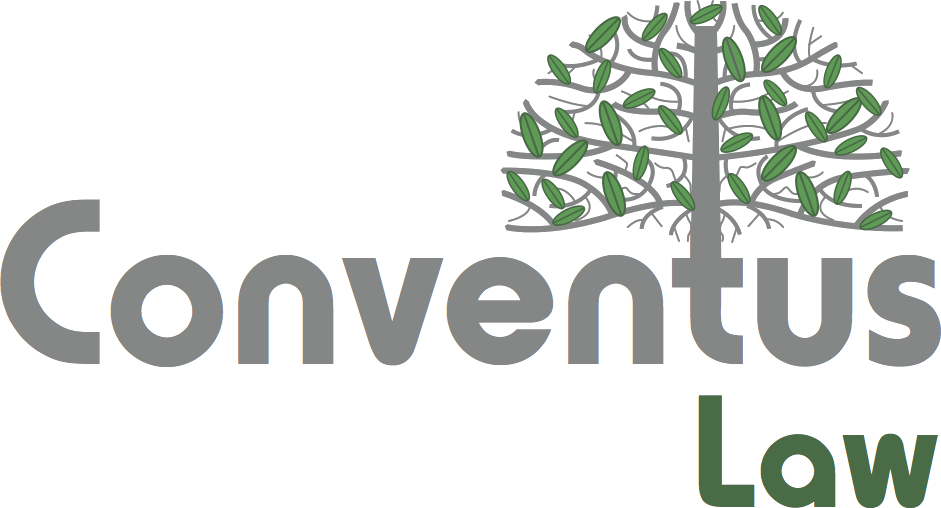In-house legal teams face a compliance puzzle that keeps growing. Track data protection rules in the EU, privacy laws in California, employment standards across five Asian markets, environmental regulations in Latin America. All at once. All updating independently.
The old approach—quarterly reviews, external counsel checks, manual tracking—breaks when regulations move faster than humans can monitor. By the time legal spots a new rule through the quarterly cycle, the company may already be non-compliant. Real-time compliance monitoring has shifted from optional to business-critical.
The scale problem
Corporate legal departments now handle work that needed specialist outside counsel a decade ago. A mid-sized tech company in ten countries might track 50+ regulatory frameworks: data protection, consumer rights, employment, tax, IP, sector-specific rules.
Each moves independently. The EU Digital Services Act, California Privacy Rights Act, Singapore Personal Data Protection Act, Brazil’s LGPD—all change on different schedules with different enforcement. Miss one update in one place and you trigger audits, fines, operational blocks that cascade.
Manual tracking fails at scale. It means monitoring dozens of government sites, subscribing to multiple alert services, synthesizing changes across languages and legal systems. By the time information reaches legal through traditional channels, deadlines have often passed.
Enter conversational legal AI
This is where newer tools are making a difference—not through incremental improvements to legal databases, but by changing how lawyers interact with legal information entirely.
The emerging category works more like ChatGPT or Perplexity, but trained specifically on legal sources. You ask a question in plain language—”What are the new California privacy requirements for employee data?”—and get back synthesized answers with citations, not just search results to wade through.
Compliance teams increasingly combine an AI legal research library that organizes established frameworks by jurisdiction with conversational AI that answers specific questions. Tools like anylegal.ai take this approach: ask questions about regulatory requirements, get structured answers pulling from curated legal sources, verify the citations yourself.
The shift is measurable. Instead of quarterly reviews that discover changes weeks after publication, legal gets alerts within hours. Instead of manually comparing requirements across borders, AI highlights conflicts and gaps automatically.
What makes this different from earlier legal AI? The interface. Lawyers don’t need to learn Boolean operators or database-specific syntax. You type or speak your question; the system handles retrieval and synthesis. The workflow mirrors how you’d ask a colleague, not how you’d query a database.
Five applications actually in use
Regulatory horizon scanning: AI monitors official government sources, regulatory announcements, enforcement actions. When new rules appear, the system analyses them.
Cross-jurisdiction comparison: When entering new markets, teams ask: “How do Singapore data protection requirements differ from what we already comply with in the EU?” The AI maps existing obligations against target-jurisdiction requirements, spotting overlaps, conflicts, gaps. This cuts market-entry reviews from weeks to days.
Contract review automation: Systems trained on regulatory requirements flag clauses that conflict with current or pending rules. This catches compliance problems during negotiation, not after signature.
Policy update prioritization: When regulations change, AI assesses which internal policies, handbooks, vendor contracts, procedures need updates. This prevents scattered responses and enables systematic revision.
Audit preparation: AI-generated summaries by jurisdiction and topic create audit-ready documentation showing what applies, how the company addresses it, when policies were last reviewed.
Real operational impact
Companies using AI-assisted compliance report 40-60% cuts in time spent on routine monitoring. That frees legal for strategic work and risk mitigation.
Cost control is one benefit. External counsel bills for regulatory research can hit 20-30% of total legal spend at multinationals. AI handles first-pass research and monitoring, reserving outside counsel for complex interpretation.
Risk reduction is another. Faster detection means shorter windows when operations might not comply with new requirements. That cuts both direct compliance costs and indirect costs from delayed launches or restricted market access.
The approach also helps cross-functional work. When legal gives business teams clear summaries of requirements organized by operation type, those teams decide better without constant legal consultation. AI-generated briefings become shared reference points rather than gatekeeping.
Integration reality check
AI research complements rather than replaces existing compliance platforms. Most companies keep contract lifecycle management, matter management, document repositories. AI fills the gap those don’t address: staying current with external requirements across jurisdictions.
Integration runs through three channels. First, AI feeds regulatory updates into workflow tools so compliance tasks trigger when new rules appear. Second, research outputs populate knowledge bases that business teams consult. Third, AI summaries feed board reports and dashboards showing compliance status.
According to Stanford Law School’s 2025 research on opportunities and challenges in legal AI, companies that integrate AI research into legal workflows see measurable improvements in compliance outcomes and productivity—but widespread adoption faces substantial barriers including traditional billable-hour business models that disincentivize efficiency gains, difficulty accessing high-quality legal data, and technical constraints related to existing software infrastructure.
That last bit—implementation challenges—is where adoption typically stalls. The technology works. Stanford’s October 2025 study found that even at Am Law 10 firms with expensive AI subscriptions, only 10% of attorneys actually use the tools, with just 2% being power users. Getting lawyers to change how they research, getting business teams to trust AI-generated summaries, getting procurement to approve new tools when “we already have Westlaw” dominates budget discussions—that’s the real challenge.
What lawyers actually worry about
In-house counsel raise three questions: accuracy, confidentiality, professional responsibility.
On accuracy: modern legal AI cites primary sources and presents information for lawyer review. It doesn’t make final legal calls. The lawyer stays responsible for interpretation and advice. AI handles retrieval and synthesis.
On confidentiality: cloud research platforms process queries without exposing client facts. Research happens at framework level—what rules apply—not case level where confidential facts appear.
On professional responsibility: bar associations increasingly recognize lawyers may use AI research tools if they maintain competence in the subject and verify outputs before relying on them. This mirrors how lawyers already use databases and search tools.
The real question isn’t whether you can use these tools—clearly you can—but whether the economic model of legal services adapts to accommodate them. If you’re still billing by the hour for regulatory research, AI that cuts research time 40-60% creates an uncomfortable revenue problem. If you’re on fixed fees or alternative arrangements, that same efficiency becomes competitive advantage.
Building sustainable practice
Success requires more than buying tool access. Legal needs protocols for when to use AI versus traditional methods, how to verify outputs, how to document research for audit trails.
Start with one high-volume use case: regulatory monitoring or market-entry research. Run AI in parallel with existing methods for three months to build confidence and spot gaps. Train teams on tool capabilities and limits so they know when AI excels and when human research is essential.
Document research systematically. When AI finds a relevant regulation, the file should show source, date accessed, the lawyer who verified it. This protects privilege and demonstrates diligence if compliance is questioned.
What happens next
Multi-jurisdiction compliance will only grow more complex as digital business crosses borders while regulations stay territorial. In-house teams that master AI research gain lasting advantages in speed, cost control, risk management.
The shift is underway. Companies integrating AI tools today build capabilities that compound over time as teams learn to frame better questions, interpret results faster, coordinate compliance across functions and geographies.
The bigger question is whether law firms adapt their pricing models to reflect this shift, or whether in-house teams pull more work in-house precisely because AI makes it feasible to handle compliance monitoring without external counsel’s hourly rates.
Based on what we’ve seen in other sectors where AI improved efficiency—the value moved to those who controlled the tools and the expertise to use them properly, not to those who billed by the input hour. Legal will be no different.
Author Information:
For conversational AI research designed for in-house counsel and compliance teams managing multi-jurisdiction obligations, visit anylegal.ai. Currently free during beta, the platform combines structured legal knowledge with real-time conversational research, with contract drafting features coming soon.




